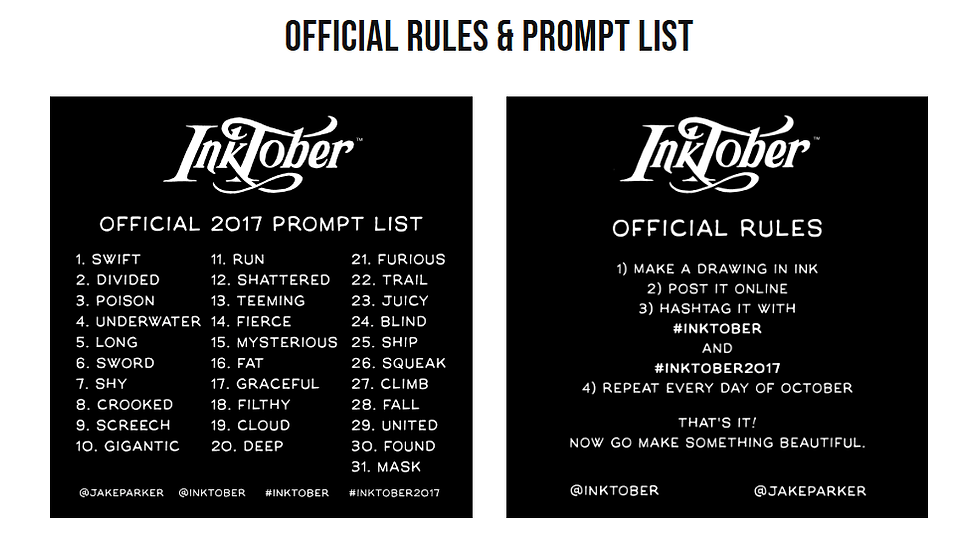Lesson 7: Basic rules of stippling
- Reiko Lauper
- Sep 12, 2022
- 4 min read
Updated: Jul 11, 2023
Let's review some basic techniques / the minimum rules

Making the "VALUE"
Today, I want to go back to the basis and focus on the basic technique: especially making a smooth gradation in stippling.
This is a very basic technique yet it’s the most important thing in stippling.
Most of the new students do a good job on the first assignment <Basic Stippling Technique>. But I noticed many of them struggled to create the mid-tones, which I thought the transition from the dark area to the white area (and vice versa) wasn’t smooth enough.
This is also a great review for the advanced students because making the mid-tones is the most difficult in stippling since there are so many delicate ranges of value in mid-tones.
I highly recommend you to try this training <Mountains in a circle>. This training is very efficient to learn making the value and also is a very relaxing theme.
Value is an incredibly important art fundamental to understand if we're looking to start developing any sense of realistic, three-dimensionality and depth in our drawings.
It is a wide range of values: Starting from the lightest lights, to a wide range of mid-tones, to the darkest darks, that give a subject a sense of three-dimensional form.

Image via MS AYLSWORTH'S ART CLASSES
Many artists argue that value is even more important than color, and the stippling I teach in this class is black and white drawing. That means you basically have to express everything by value.
Always start your drawings with a pencil
On pen and ink drawings, every line you create is permanent and it is easy to get discouraged if your drawing doesn't turn out the way you want it to.
I usually take a lot of time for making a pencil design. I happen to change the design slightly when I feel while I’m inking, but I won’t start using pens until I’m sure about the basic design. It’s also super important to plan out how to shade, so take much time until you are satisfied with your design.
Even though I strongly encourage you to make your own design, it’s also great to practice your drawing skills by re-creating* a black and white artwork (or even a photo). Your drawing motif can be anything, but you can draw simply inverting the values by dots easily in that way. Start with some simple shape. Mountain drawing is the perfect practice to experiment to create values by stippling and you can also arrange it freely.
Although I wouldn’t recommend resorting to tracing unless you draw something symmetrical. (I explain why in this post.)
(*Use Grid method instead of tracing. Your drawing skill will improve much better in this way.)

Student's example of his pencil design
*You may reproduce another artist's art as long as you don't try to pass it off as your own and you must sign your name and the date to your piece to acknowledge that it is a copy of the other artist's work. To not do so or to try to make a profit of it would be considered forgery and would be severely punishable.*
TIPS
My basic method is just to draw things you like.
Think about what you like: Music? Movies? Flowers or plants? Animals? or even Anime or cartoon characters? I strongly believe that’s the most effective and enjoyable way to improve your drawing skill.
That's why I minimize controlling and having rules in this class after you learn the basic skills :)
Although, these are very important and general tips for stippling drawing.
Where is the light source located in relation to the object(s)? Is the light in front, behind, below, above or to the side of the subject? You don't have to be too precise about it, but figuring this out and keeping that in your mind while you are drawing gives it a significant change.
Where are the lightest/whitest parts of the subject? (Highlighted area) It’s very important to figure out the area. You have to keep the area blank (white) at the beginning and make sure you won’t shade the area at all.
Where are the darkest/blackest parts of the subject? That’s the second most important thing. To figure out the lightest and darkest area first and you can standardize the value.
Here's my example. I wanted to draw a portrait of Nina Simone. There is my favorite picture of her, but it's so small and blurry (which I actually really like as a photo) and the tones are kind of neutral.
I added more contrast to make it look dramatic and cropped it really close so that I can express the cigarette smoke which I purposely added.
I just studied her face structure well by looking at her other pictures and make my drawing very clear.


After I mark the highlighted area I normally start with the darkest part first. Because you can always add some dots if needed. Once you ink the paper it’s almost impossible to lighten the shade unless you tone down the entire drawing or scraping the surface of the paper(which is my cheating trick but I won’t recommend encouraging this trick unless you really need to fix it.)



Comments